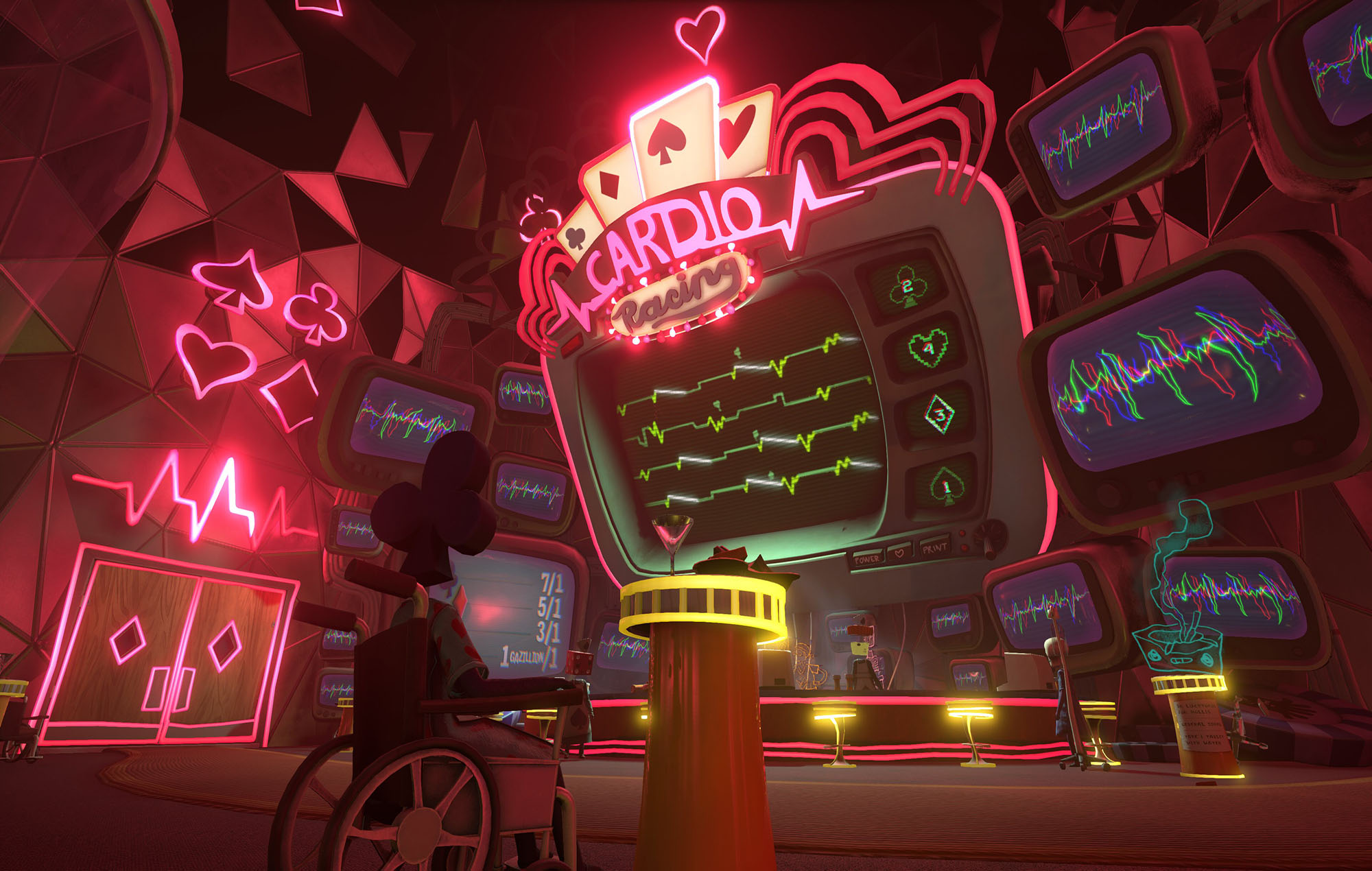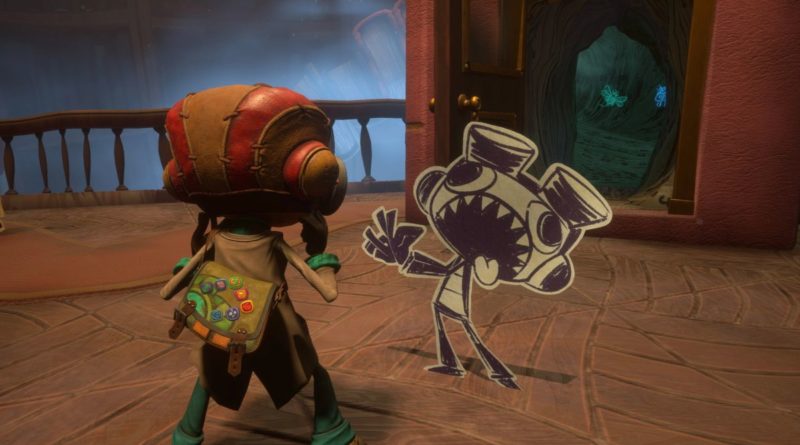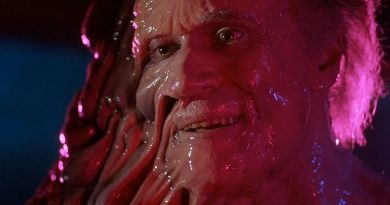‘Psychonauts 2’ Review: A Brilliant Game’s Brilliant Sequel
After over 15 years, we finally have a sequel to Double Fine’s cult classic 3D platforming adventure, Psychonauts. As a fan of the first game’s fun gameplay, offbeat humor, and creative level design, I couldn’t wait once I heard the game finally had a release date. Fortunately, Psychonauts 2 delivers the goods and more, giving me everything I ever could have wanted.
Picking up almost immediately after the first game, players again take the role of Psychonauts trainee Razputin “Raz” Aquato, as he must navigate new dangers at Psychonauts Headquarters. There’s a mole in the famous psychic spy organization, one who is attempting to revive a decades gone supervillain known as Maligula, who has links to the origin of the Psychonauts as an organization as well as the curse plaguing Raz’s family. The game maintains the campy, 1960’s spy aesthetic, which is all the more fitting due to the story’s psychedelic nature and themes. I was often reminded of the 2010 film Beyond the Black Rainbow, which explores similar ideas about the 1960’s counterculture and its psychedelic and political experimentation, as well as its consequences for future generations growing up in the seven decades afterward. Psychonauts manages something of a coup, as its narrative weaves in serious and thoughtful discussions of mental illness (all the rage these days), freedom, totalitarianism, and the uncertain nature of history, all in a colorful and kid-friendly way, thanks to its expert management of tone and symbolic level design. The wild cast of zany, muppet-like characters are a blast to interact with, and their personal stories are genuinely captivating, with the sequel introducing many brand new ones, such as the founders of the Psychonauts and Raz’s extended family.

The gameplay is relatively similar to the first, being a clever twist on classic 3D platformer mechanics. Players jump and swing around ornate obstacle courses, collect all the collectables, and fight a variety of enemies with the aid of their psychic powers like Telekinesis, Clairvoyance, Pyrokinesis, and others, each of which perform distinct functions in combat, navigation, and puzzle solving. The platforming is fun and many of the levels throw in additional wrinkles to keep things fresh. For people who remember the 3D platforms of old, there will be a bit of familiar jankiness to some of the sections, but it is simply unavoidable for a game done in this mold. Combat is fun if generally not very challenging, assisted by the fact that there are a wide variety of enemy types, each with their own weaknesses to exploit. The boss battles, however are more of a mixed bag, as while they are creative in their visuals, they don’t always make the most of the game’s many elements. The game also suffers from a bit of final-boss-itis, where the last boss and corresponding level are considerably less fun than the rest of the game due to the need to keep things focused on wrapping up the story.
The game environment covers two sets of areas: the Psychonauts Headquarters and surrounding forrest which act as the game’s hub, and the minds of various characters, which act as the levels proper. The hub world is a joy to explore, full of silly, off-kilter Twin Peaks-esque Americana, but the real star is the mental worlds. On Raz’s adventure, he must journey inside of people’s minds in order to extract information, or help them with a problem so they may, in turn, assist him on his quest. Each of these mental worlds is a blast to play, and a showcase in wild and creative design. The worlds are built from the ground up using assets and visual motifs that correspond to the character’s personality, experiences, and occasionally, psychoses. For example the mental world of a famous writer with multiple personality disorder is a library, where Raz must journey into various books to meet her various selves, and explore her memories which are constructed out of paper and ink. Psychonauts 2 demonstrates an incredible unity of design and narrative, and by navigating these worlds and therefore the inner lives of the various characters, the player is able to see each person, good or bad, as a human being, who may just be in need of some help.
For fans of 3D platforming games or for those who are searching for something a little weird and out of the ordinary, Psychonauts 2 is an absolute must. It’s the sequel that the 2005 cult hit deserved, and a blast to play in itself. At only 11 hours or so in length, it’s not a massive commitment either, which is great for working Joes like me. Now here’s hoping they can get us Psychonauts 3 in less than 15 years.




